Awetlandisanareaoflandthatisentirelycoveredbywaterforatleastpartoftheyear.Doallwetlandslookthesame?No!Eachisadistinctecosystemthatsupports life.
Bog
Abogisawetlandthataccumulatespeat,adepositofdeadplantmaterial.Muchofthismaterialcomesfrommosses,likesphagnummoss.Theirspongy,mossyfloorscontainfewernutrientsthanamarshorswamp.Asaresult,theycannotsupportlarge plants.
Onlyspeciallyadaptedcreatureslikesalamanders,dragonflies,snakes,andcarnivorousplantsthrivein bogs.
Bogsaregenerallyfoundincool,northernclimates.Theyreceivemostoftheirwaterfrom precipitation.
Asawetland,bogsimprovewaterquality,trapcarbonintheirsoil,andprovideahabitatforuniqueplantsand animals.

sphagnum moss
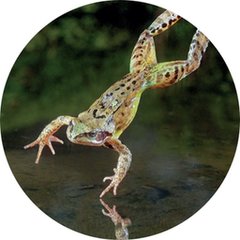
frog
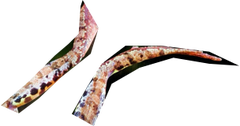
CountyAntrim,NorthernIreland, UK
Mangrove
Amangroveisawetlandfilledwithsalt-lovingtrees.Thesetreesthrivewheremostplantsfail—inbrackishwaterwithtwice-dailyoceantides.Thetreeshavecomplexrootandsaltfiltrationsystemstocopewithsaltwaterandwave action.
Mangrovesareimportantbreedingandnestinggroundsforbirds.Theyarealsovitalnurseriesforyoung fish.
Mangrovesareoftenfoundalongtropicalcoastswherefreshwatermeets saltwater.
Asawetland,mangrovesareimportantforstormsurgeprotection,andtheymovecarbonfromtheairintotheirsoilforlong-term storage.
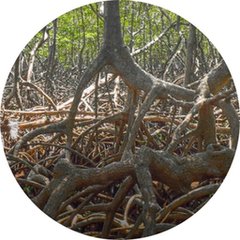
mangrove roots

scarlet ibis
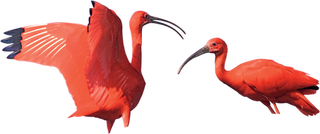
LosHaitisesNationalPark,Dominican Republic
Swamp
Aswampisawetlanddominatedbywoodyplantsandtrees.Thewetgroundcreatesathick,nutritioussoilforwater-tolerant plants.
Animalsthatliveinswamps—likealligatorsandfrogs—areadaptedtochangingwaterlevels.Treerootsystemsprovidearich,shelteredhabitatfornestingbirds,aswellasfish,amphibians,and reptiles.
Freshwaterswampsarecommonlyfoundinland,whilesaltwater swampsareusuallyfoundalongcoastalareas.Theyarefedbywaterfromundergroundorsurfacewatersuchas rivers.
Asawetland,swampsservevitalrolesinfloodprotectionandnutrient removal.

tupelo tree
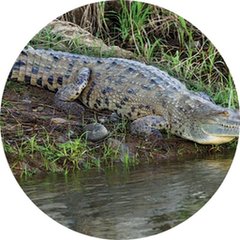
American
crocodile

FloridaEverglades, USA
Marsh
Amarshisawetlandthatsupportsreedsandgrasses.Smallshrubsoftengrowalongtheedgesasthelandgetsdrier,buttherearefew trees.
InBotswana,lions,jackals,andbat-earedfoxescanbeseenontheoutskirtsofmarshes.Theyarehometodiversebirdlife,suchasAbdim’sstorks,koribustards,andlargesecretary birds.
Marshescanbeformedbytidesinlowlandareasnearacoast.Riversoftenformmarshlandsonlowlyingfloodplainsandnearlakesthatfloodduringthewet season.
Asawetland,marshescontainwatersuppliesintheirsoil.Theyalsoreducedamagebyfloodsbyabsorbing floodwater.

papyrus
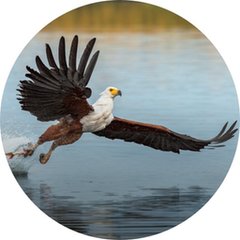
Africanfish eagle
Botswana, Africa